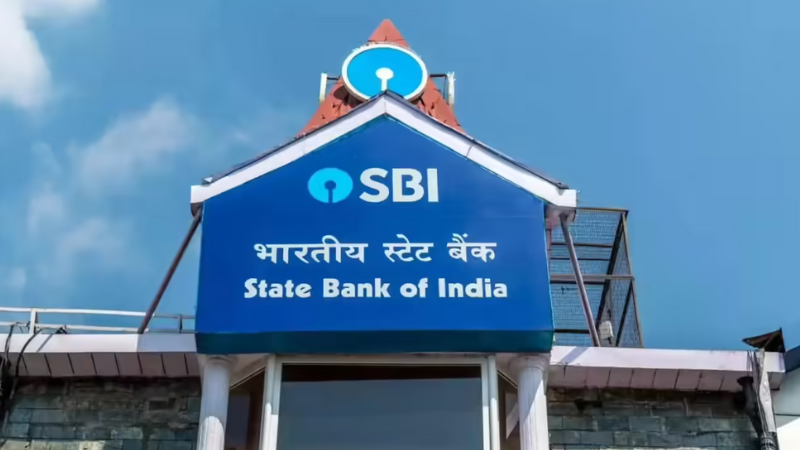The State Bank of India (SBI), the country’s largest public sector lender, has quietly adjusted its fixed deposit interest rates on select short-term tenures, signaling a possible shift in the broader interest rate environment. The latest revision, which reduces rates by up to 15 basis points for tenures between 46 days and one year, has caught the attention of investors, economists, and borrowers alike, as it offers an early indication of evolving monetary policy expectations.
While the rate change may appear modest on the surface, it comes at a time when inflation has cooled significantly, retail lending demand remains steady, and the Reserve Bank of India is under pressure to reassess its policy stance. SBI’s move is being viewed by analysts as a potential precursor to a more accommodative phase in the Indian interest rate cycle, particularly if inflation continues its downward trend in the coming months.
Historically, the banking sector tends to adjust deposit rates ahead of changes in policy rates, particularly when liquidity conditions shift. With the current account surplus improving and inflation dipping below the four percent mark, the cost of funds for banks has begun to ease. By lowering FD rates on short tenures, SBI is aligning its liabilities with this reality, even as long-term deposit rates remain stable to retain investor confidence.
For consumers, the development brings a mix of opportunities and trade-offs. On one hand, depositors seeking short-term returns may see reduced earnings, prompting a shift toward longer tenures or alternative investment instruments such as mutual funds, debt products, or gold bonds. On the other hand, borrowers may soon benefit from more competitive lending rates, especially in segments like auto loans, home loans, and MSME credit, which are highly sensitive to interest rate movements.
From a broader perspective, SBI’s adjustment reflects the balancing act banks face in the current environment. While demand for credit remains healthy across retail and enterprise segments, deposit mobilization must be managed with a close eye on liquidity, margin pressure, and regulatory compliance. A lower interest payout on short-term deposits can help protect net interest margins if lending rates soften in the future.
For market participants, the revision in FD rates serves as a subtle cue. As India’s inflation stabilizes and growth remains resilient, the likelihood of the RBI considering a policy rate cut in the second half of the fiscal year has increased. Though central bankers continue to emphasize a cautious and data-driven approach, signals from leading financial institutions like SBI help shape expectations and market behavior.
Retail investors, especially those with conservative portfolios, should closely monitor how this rate cycle evolves. Financial advisors may recommend laddering deposits across multiple tenures to mitigate the impact of rate changes while optimizing returns. Meanwhile, high-net-worth individuals and corporate treasuries may consider reallocating excess liquidity to higher-yielding instruments or exploring structured debt products.
For India’s monetary ecosystem, the SBI rate cut represents more than a routine pricing revision. It is a subtle, strategic adjustment that aligns with a possible turning point in policy dynamics. As inflation cools and economic stability returns, India’s financial system appears to be preparing for the next phase of its post-pandemic recovery — one where cost of capital gradually declines, investment activity picks up, and financial decision-making grows more nuanced.

